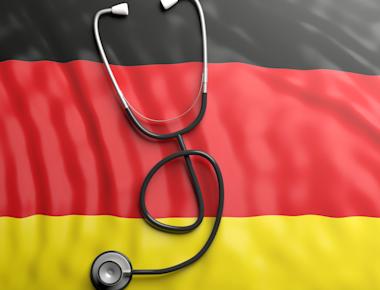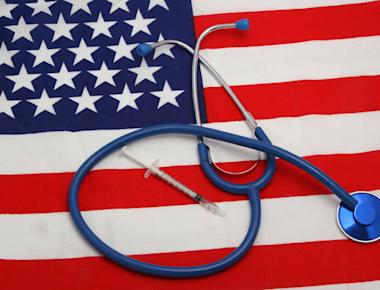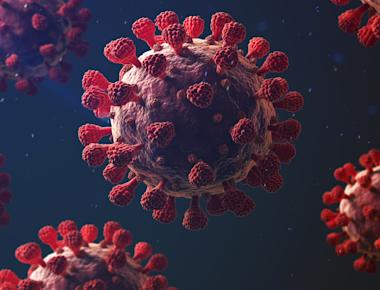

We make predictions all day long. Whether it be when dinner is ready, when the bus will arrive, or whether we mistyped something. Predictions are measured truly by the amount of evidence backing it. I could make a prediction that the sky turns red tomorrow, which would seem crazy unless I had a ton of evidence backing that prediction. But, the question covered in today’s article is: how can we make stronger predictions in healthcare? And the answer to that is through predictive healthcare.
Predictive healthcare is the utilization of data in a way that allows the user to make more informed predictions about healthcare. Through the use of artificial intelligence, machine learning, or other data analysis techniques, healthcare professionals may be able to make better, stronger predictions about the healthcare of their patients, which can be monumental towards increasing life expectancy. Predictive healthcare holds the potential to completely revolutionize the way we think about healthcare.
Now, what are some ways predictive healthcare can be used?

ArborMetrix
As shown above, predictive analytics in healthcare can be transformative. It affects a variety of different areas around healthcare that completely changes how a patient is treated from the moment they walk into a doctor’s office to the moment they receive the results or the outcome of their treatment. One interesting thing that we can take away from the use of predictive analytics is that it can be used alongside blockchain technology. As we’ve discussed in previous articles, blockchain technology can preserve the security of patient data within a healthcare setting. One of the ways predictive analytics can be used in healthcare is remote monitoring, as shown above. Remote monitoring also involves having data transferred back and forth between different places, and using blockchain technology can help ensure that the process is a smooth, efficient, and secure one. Additionally, when we look at what predictive healthcare uses, it’s all based on the analysis of data. Blockchain technology not only helps in ensuring the security of data but also the smooth transfer of it, and it allows for greater transparency. Thus, one of the things that we can gather from Predictive Analytics is that its applications in healthcare combined with the applications of blockchain can truly create a dynamic duo that can bolster the welfare of society as a whole.
Overall, predictive healthcare aims to catch problems before they arise. What predictive healthcare can do for us, as a society, is it can help us understand what’s going on in our bodies quicker. Predictive healthcare also gives us a better understanding of the healthcare situation much earlier in the game. And what many healthcare professionals know is that every second matters, and if we are to implement predictive analytics in healthcare, we are able to save many, many seconds, which can also lead to saving many, many lives.
Sources
Philips. (2020, June 12). Predictive analytics in healthcare: three real-world examples. Philips. https://www.philips.com/a-w/about/news/archive/features/20200604-predictive-analytics-in-healthcare-three-real-world-examples.html.
An Intro to Predictive Analytics in Healthcare [2020] // ArborMetrix. RSS. (n.d.). https://www.arbormetrix.com/blog/intro-predictive-analytics-healthcare.
Global Health Professional
Expertise
Social Media
Subscribe to our newsletter!
Quick Links
Legal Stuff







